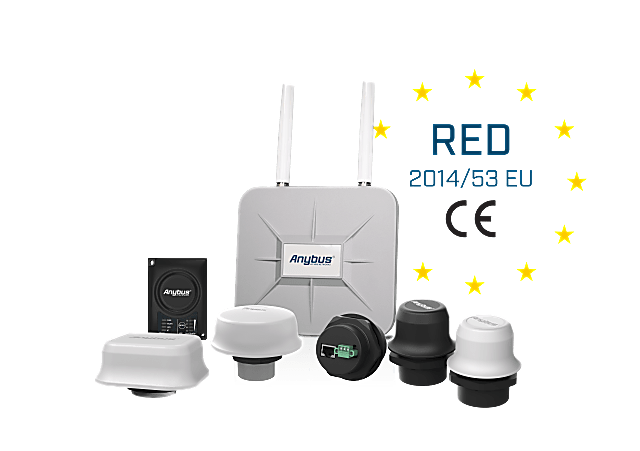Radio Equipment Directive
Complying with the Radio Equipment Directive (RED) got tougher on August 1, 2025, with new cybersecurity rules for all wireless-enabled products in the EU. For many manufacturers, this means added complexity, delays, and higher costs.
But you don’t need to face RED compliance alone. HMS offers proven wireless solutions that are already tested and certified to meet the new rules.






